The statue, ‘No Greater Love Than This,’ was dedicated this week in Semakh a century after the historic battle—honouring the Aboriginal soldiers who bled and died in WWI
The battle that took place here 101 years ago near the Sea of Galilee was some-what different than most battles.
During the night the Australian cavalry engaged the German enemy at the local train station—a very strategic location back then. Allied with the Ottoman Empire, the Germans had barricaded themselves inside the train station. But this did not deter the Australian cavalry, fighting for the British crown. They hurried ahead into battle and fought face to face with bayonet and sword.
The Australian Cavalry were victorious, though with some loses. 19 Australian soldiers were killed and many were injured. Also about 100 German soldiers died and many more were also injured, and hundreds were captured.
Mark Pollard, the grandson of one of the fighters, came to Semakh to officiate the statue commemorating his grandfather: “No Greater Love Than This,” a monument dedicated to all the Aboriginal soldiers who gave their lives during World War I.
The statue shows Pollard holding a Bible and bending over the grave of his brother in arms. The horse behind him also bows his head towards the fresh grave. The statue was designed by Australian artist Jennifer Marshall and manufactured using a 3-D printer. The statue was also funded by many generous Australian donors including those who support Christians for Israel Australia and the Australian Light Horse Association.
No Greater Love Than This…
The Australian cavalry at Semakh was made up of Caucasians and Aboriginals who fought shoulder to shoulder. The Aborigines were dubbed the “Queensland Black Watch” by the Australians. Though nearly all Australian units included Aboriginals who fought, were injured and won awards for bravery and were killed, their stories have remained mostly untold.
Over 1,000 Aboriginals joined the Australian army during WWI and served admorably. Unfortunatley upon returning home they were not given equal rights, such as the right to vote, says Barry Rodgers of the Australian Light Horse Association.
However a lot has changed over the years. Nearly two years ago, at the centennial of WWI, the grandson of one of the Aboriginal fighters, James Lingwoodock, journeyed to Israel. He participated in reenactments of the battles alongside other decendants.
Pastor Ray Minniecon, who was also present with family members from other Aboriginal soldiers at the reenactment said:
“I can feel the spirit of our grandfather here… I’m very, very proud to be here…”
He expressed a great hope that this event would pass on to the next generation and would be an opportunity for them to appreciate everything their ancestors accomplished.
The Battle at Semakh was also historic for another reason. Giora Goodman, a historian at Kinneret Academic College who specializes in the history of pre-state Palestine explained it this way:
“It was one of the brigade’s last cavalry battles… Increasing mechanization on the battlefield in the 20th century was about to end the long, rich history of cavalries.”
Even today, Australians study the legacy of these courageous horsemen.
“The charge of the horsemen and the capture of Semakh became a well-known story of heroism in the history of the Australian army during World War I,” Goodman adds.
Now additional heroes of that battle are being discovered in Australia, and in far-away Israel.

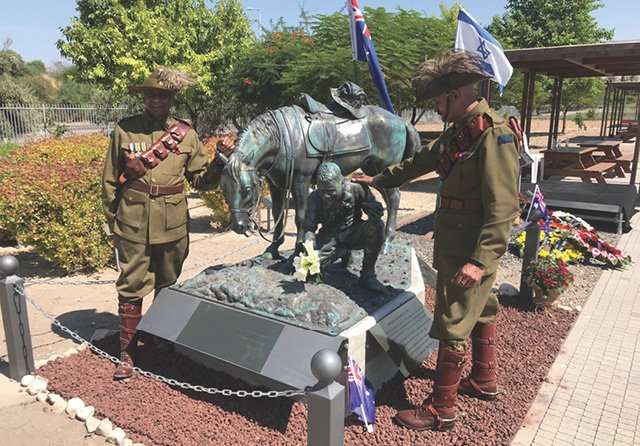
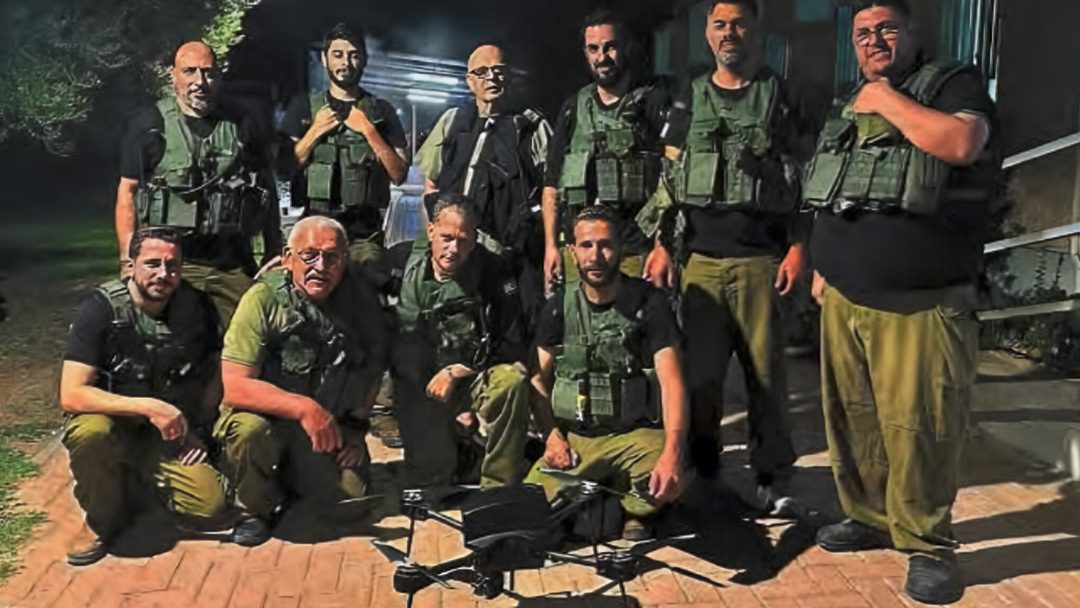
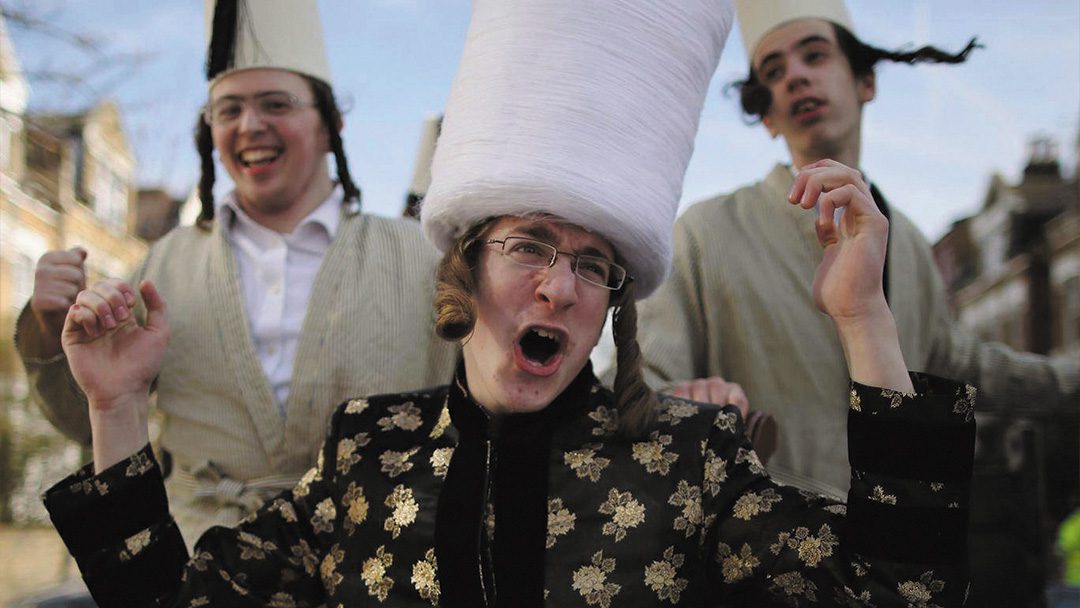
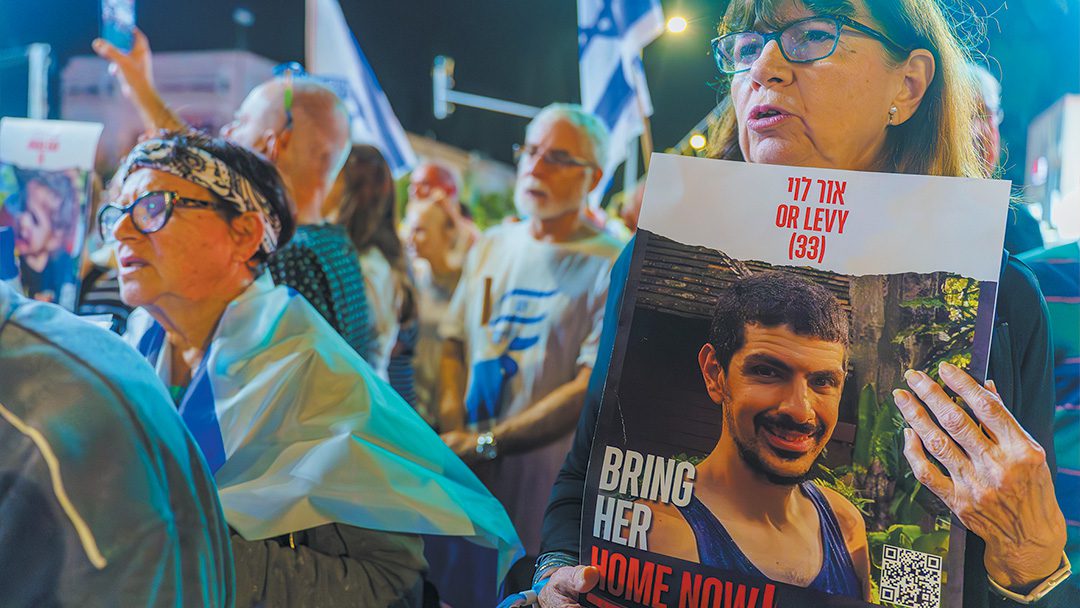

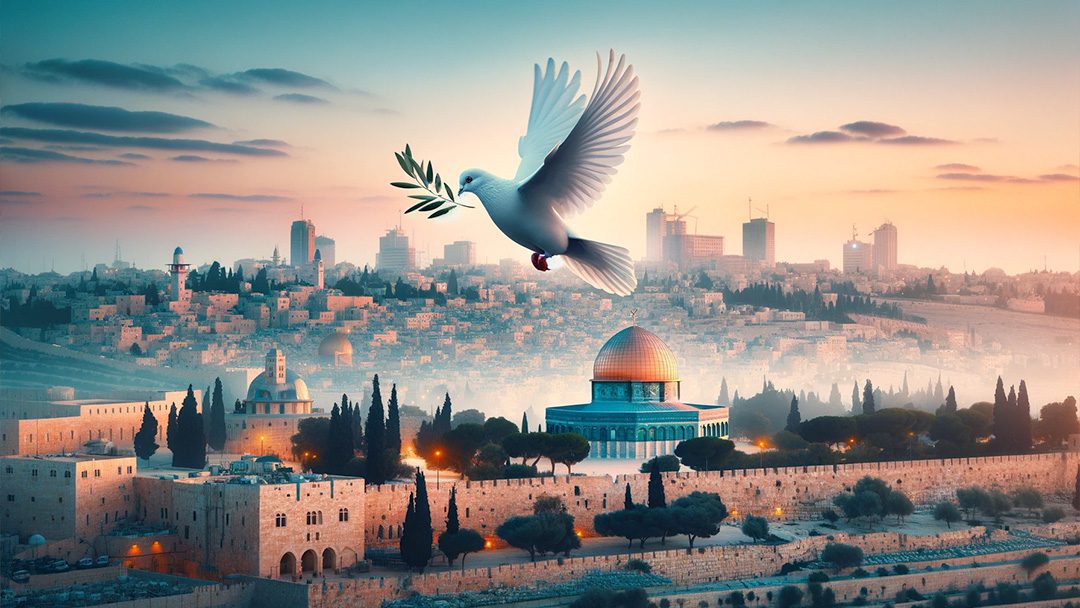
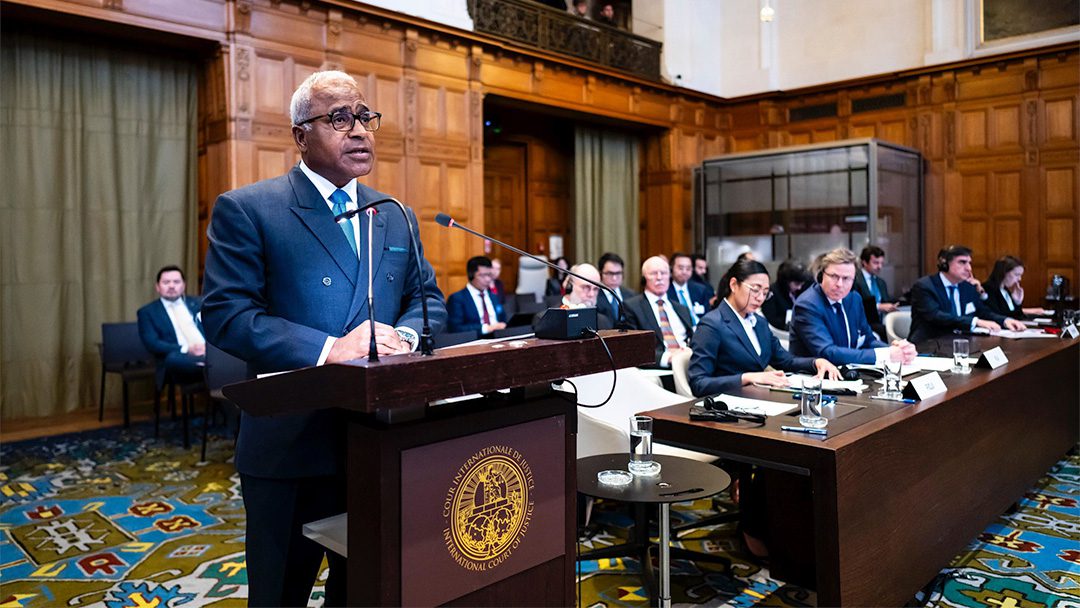

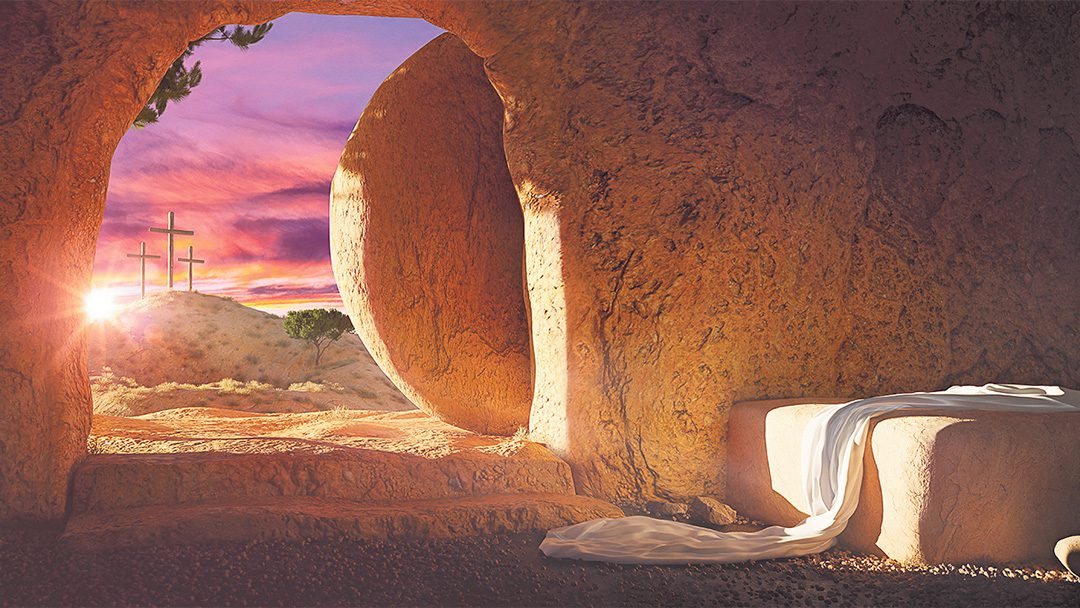
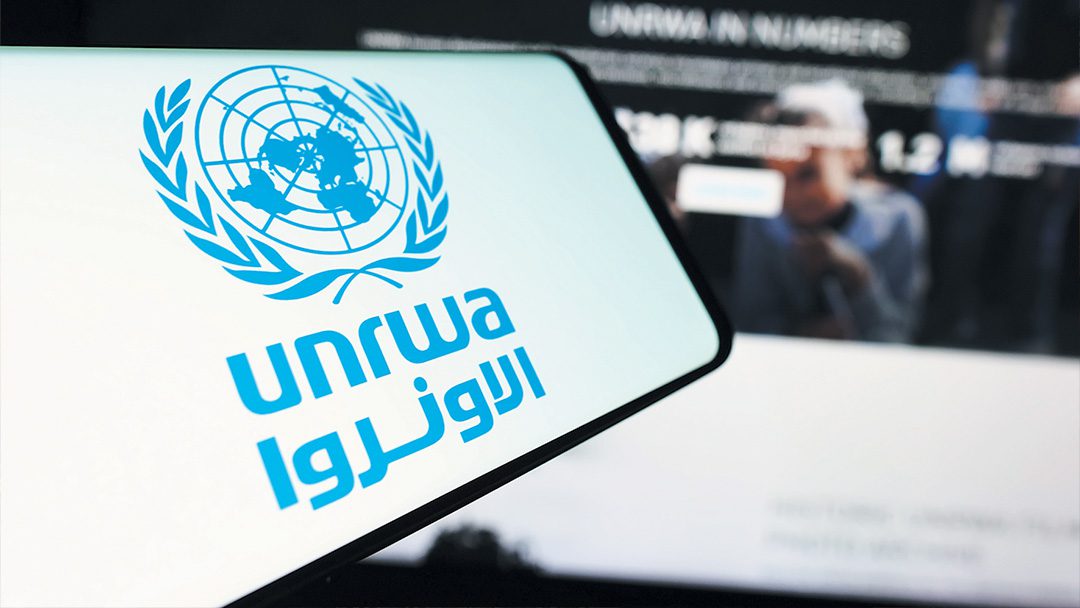

0 Comments